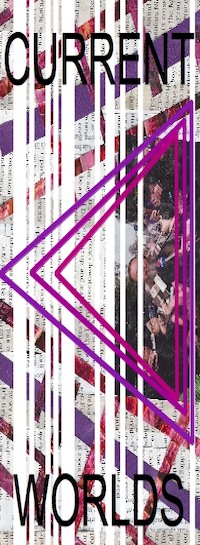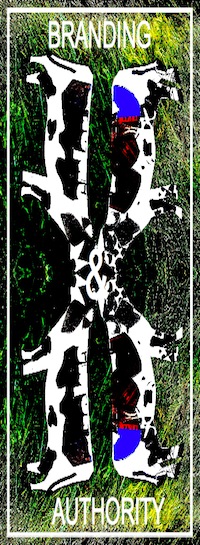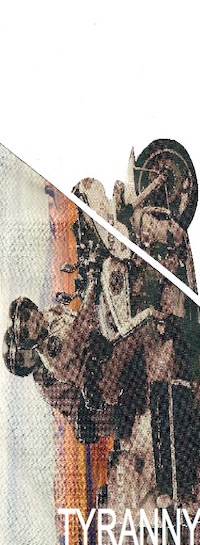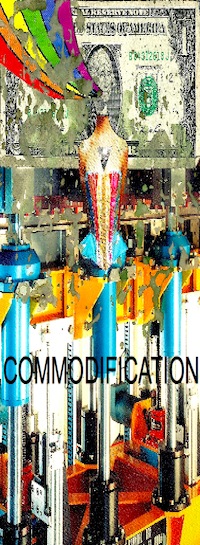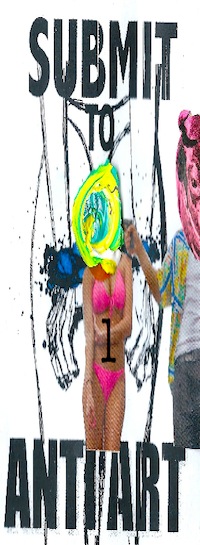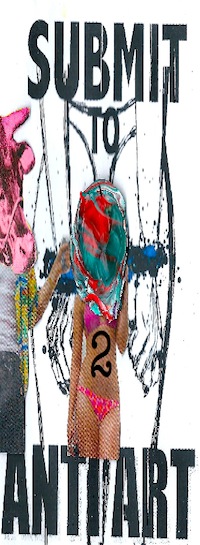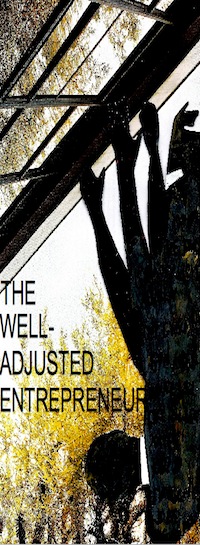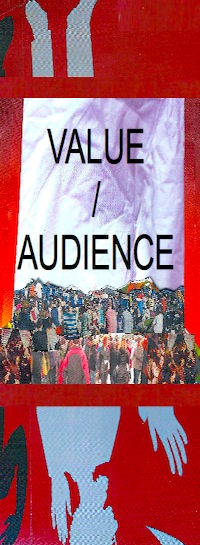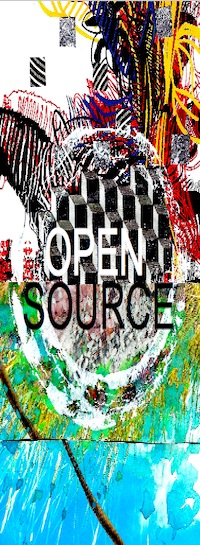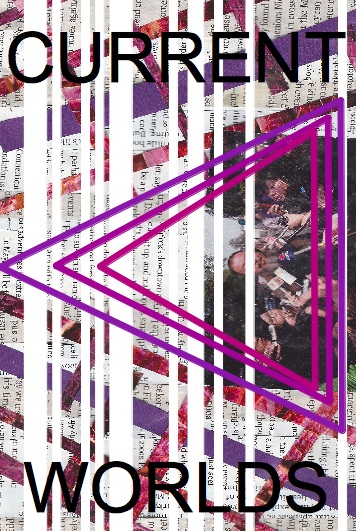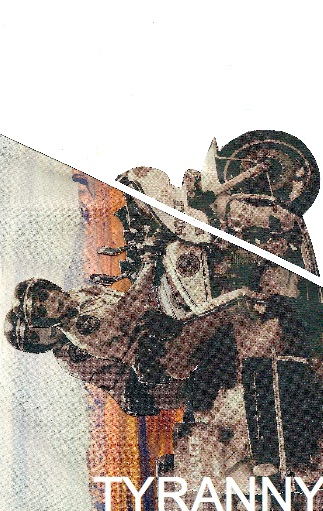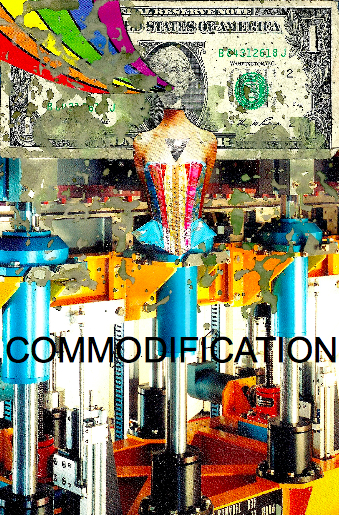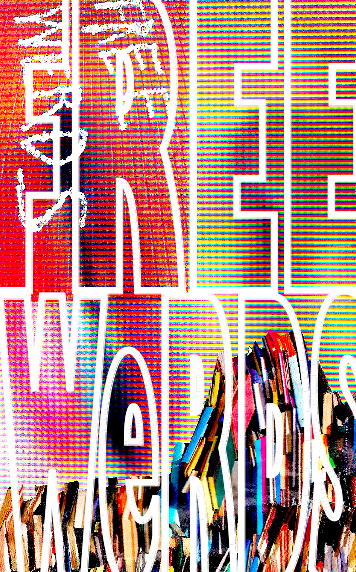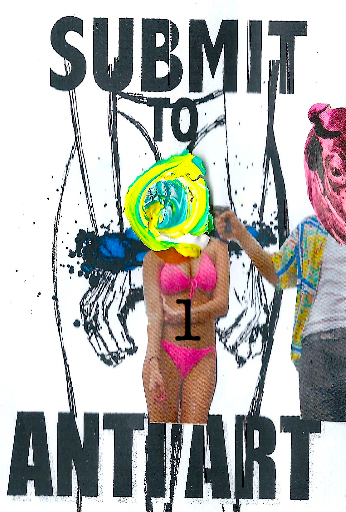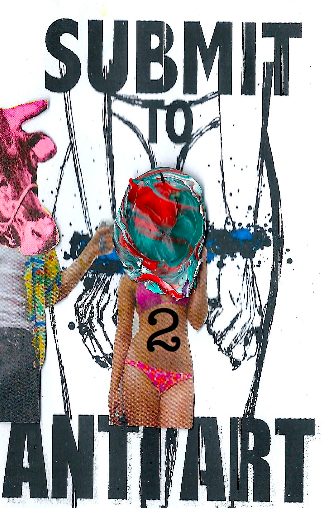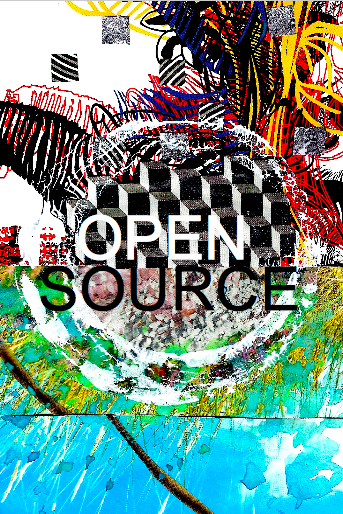Questions of Authority: Academic Publishing, Anti-Art, and Ownership
Elizabeth Bishop and Britney Harsh
Abstract: This dialogue addresses valuation and dissemination for two contemporary creative cultural groups: new writers in the sphere of academic publishing and new artists in the established “art world.” Over the course of our rhizomatic dialogue, we discuss design concepts and consider the function of authorial credibility in the creative economies of the present. We position creative production against popular market trends reified by mass audiences, and offer alternative schemas for consuming and disseminating art and writing in free digital spaces online.
About the Authors
Links
- “$1m Ai WeiWei Vase Smashed by Protester in Miami Art Gallery—video,” Reuters, 0:42, posted by “The Guardian” February 19 2014, www.theguardian.com/world/video/2014/feb/19/ai-weiwei-vase-miami-art-gallery-video
- “About #SELLOUT.” Hashtagsellout.com. Accessed March 1, 2014. http://www.hashtagsellout.com/about
- “AERA to Launch Open Access Journal.” AERA.net (May 22, 2013). Accessed May 23, 2013. http://www.aera.net/Newsroom/News/AERAtoLaunchOpenAccessJournal/tabid/14895/Default.aspx
- Black, Leyl M. “7 Social Media Marketing Tips for Artists and Galleries.” American Express Open Forum (November 10 2012). Accessed March 17, 2014. http://mashable.com/2012/11/10/social-media-marketing-tips-artists-galleries/
- Bradford, Harry. “Walmart.com Sells Counterfeit Prints Of Banksy’s ‘Destroy Capitalism’.” The Huffington Post (03 Dec. 2013). Accessed March 11, 2014. http://www.huffingtonpost.com/2013/12/03/walmart-banksy_n_4380039.html
- Davenport, Bill. “Call It Street Art, Call It Fine Art, Call It What You Know.”Glasstire (July 18 2013). Accessed March 16, 2014. http://glasstire.com/2013/07/08/call-it-street-art-call-it-fine-art-call-it-what-you-will/
- De Melker, Saskia. “‘The History of American Graffiti:’ From Subway Car to Gallery.” PBS NewsHour (March 31, 2011). Accessed March 14, 2014. http://www.pbs.org/newshour/art/the-history-of-american-graffiti-from-subway-car-to-gallery/
- Erikson, Neil. “Popular Culture and Revolutionary Theory: Understanding Punk Rock.” Theoretical Review No. 18, (Sept-Oct 1980). Accessed March 7, 2014. https://www.marxists.org/history/erol/periodicals/theoretical-review/19801802.htm
- Farnworth, Demian. “The Brutally Honest Truth about Ghostwriting.” Squawk, June 7 2013, Web. Accessed March 17 2014. http://squawk.im/content-marketing/truth-about-ghostwriting/
- “FREE WeRDS.” Drop Knowledge Project.org. (Nov-Dec 2013). Accessed March 13, 2014. http://www.dropknowledgeproject.org/journal
- “If You Forget Me (Pablo Neruda Read by Madonna),” YouTube video, 2:11, posted by “musiccandlescaviar,” April 6 2009, http://www.youtube.com/watch?v=T5yADgMzGJo
- Irvine, Martin. “Introduction to the Economics of Art and the Art Market.” Georgetown University. Accessed March 17, 2014. http://www9.georgetown.edu/faculty/irvinem/visualarts/ArtMarket/ArtMarketEconomics.html
- Kawahara, Akito Y. “Getting Established in Academia.” ScienceMag.org Vol. 336 (June 8, 2012). Accessed March 14, 2014. http://211.144.68.84:9998/91keshi/Public/File/41/336-6086/pdf/1233.1.full.pdf
- Lasdun, James. “Doris Lessing and the Perils of the Pseudonymous Novel.” The New Yorker (July 23 2013). Accessed August 1, 2014. http://www.newyorker.com/online/blogs/books/2013/07/doris-lessing-and-the-perils-of-the-pseudonymous-novel.html
- “Literary Theory and Schools of Criticism.” The OWL at Purdue University (1995-2014). Accessed March 11, 2014. https://owl.english.purdue.edu/owl/resource/722/08/
- Marsden, Sam. “The Cuckoo’s Calling: Publishers’ Embarrassment at Turning down JK Rowling Detective Novel.” The Telegraph (July 14 2013). Accessed January 28, 2013. http://www.telegraph.co.uk/culture/books/10178960/The-Cuckoos-Calling-publishers-embarrassment-at-turning-down-JK-Rowling-detective-novel.html
- Miller, Michael H. “The Gallery Unfiltered: On the Art World’s Instagram Obsession.” The New York Observer (April 30 2013). Accessed March 17, 2014. http://galleristny.com/2013/04/the-gallery-unfiltered-on-the-art-worlds-instagram-obsession/
- New Emerging Artists, Twitter account, @NewEArtists, https://twitter.com/NewEArtists
- “Norman K. Denzin.” University of Illinois College of Media. Accessed March 15, 2014. http://media.illinois.edu/faculty/detail/norman_denzin
- “Dr. Patti Lather, Ph.D.” The Ohio State University. Accessed March 15, 2014. http://people.ehe.osu.edu/plather/
- Plitt, Amy. “Breaking: 5 Pointz Was Painted White Overnight (slide show).” Time Out New York (November 19 2013). Accessed January 19, 2014. http://www.timeout.com/newyork/things-to-do/breaking-5-pointz-was-painted-white-overnight
- Preece, Annie. Tomato Soup Can. Annie Preece.com N.d.. Annie Preece. Accessed February 20, 2014. http://anniepreece.com/?attachment_id=855
- Qualitative Inquiry (March 1995- March 2014). Sage Journals. Accessed March 5, 2014. http://qix.sagepub.com/
- “Red Bull Curates: Canvas Cooler Project 2014.” RedBull.com. Accessed March 16, 2014. http://www.redbull.com/us/en/events/1331626964171/red-bull-curates-canvas-cooler
- “The 2014 NYC Anarchist Book Fair.” Anarchistbookfair.net. Accessed March 1, 2014. http://www.anarchistbookfair.net/home
- “#thousandsofdollars.” Twitter. Accessed March 17, 2014. https://twitter.com/search?q=%23thousandsofdollars
- White, Erin. “Information Overload?” Northwestern University (August 30, 2012). Accessed March 16, 2014. http://www.northwestern.edu/newscenter/stories/2012/08/hargittai-info-overload.html
About the Authors
Elizabeth Bishop holds a Ph.D. in Language, Literacy and Culture from the School of Education at the University of Pittsburgh. Her research explores the intersections of adolescent literacy, civic engagement, urban education, cultural theory and youth organizing. She runs the <a href=”www.dropknowledgeproject.org”>Drop Knowledge Project</a>, an online platform for research on literacy and organizing. Bishop works on staff at Teachers College, Columbia University.
Britney Harsh is a Brooklyn-based artist focused on experimental design through mixed media. She has shown work at galleries in New York City and Los Angeles. She is a founding member of Anti-Art Digital Galleries, DART Collective, and Phantom Parent Press. She has a background in fine arts, literature, library science and education.

